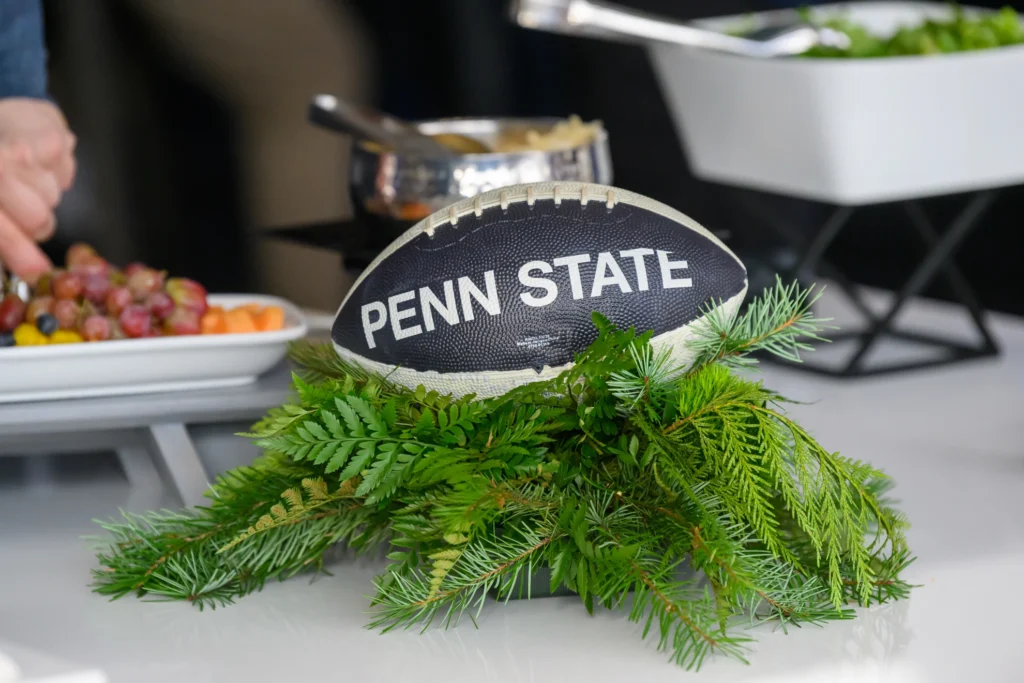
My world is a world of abbreviations and nicknames, some crafted by convenience, some in the search for more accuracy and some crafted from pure silliness.
With my personal preferences (any action could just be a few letters rather than a full sentence) and a professional world in higher education with its dizzying abundance of acronyms, it can seem overwhelming.
To this day, my daughters have friends best known to me only by abbreviations or nicknames (Crow, ET, Fantasia, KP). And there’s a former intern, Diefy, who inspired a sometimes-used nickname (JJ) for one of the daughters.
A few months ago, when told every grandparent needed their own individual name, my eventual selection, Grampy, was picked because if you replace the “a” with a “u” you get what some consider one of my more endearing personality traits. (OK, maybe nobody considers that endearing but it’s accurate.)
And acronyms — oh a good acronym makes my day, and they can emerge from any everyday occurrence.
ITTE: It’s time to eat. RAHN: Relax at home night. TTWU: Time to wake up. WHTP: We’re headed to Pittsburgh.
They may be nonsensical and not useful to anyone but me to prompt an eye roll from whoever’s around me, but what the heck.
Still, when someone pointed out NIL more accurately stood for “now, it’s, legal” instead of “name, image, likeness,” my appreciation for NIL grew immensely. Because nothing could be more accurate.
Honestly, my belief is NIL should simply be PFP, pay for play, because that’s what’s happening.
Dress it up however you like. Put the compensation in the core athletic department budget, or funnel it through a booster group or consortium, it all means players getting paid for what they do on the court, field or mat. It’s certainly feels more performance-related than prominence-related.
The newly created College Sports Commission will be charged with reviewing any NIL deals over $600, and it has already indicated that as many as 70 percent of previous big-figure deals would not get approval. Still, it’s unlikely some quarterback, point guard, softball pitcher or wrestler that earns more than $600 is not going to get paid, which kind of makes name, image and likeness irrelevant. Or it makes now, it’s, legal really accurate.
It’s also not likely many of those players, especially the high-profile ones, will do anything they do not have to do without getting paid anymore.
For example, since the NIL approach became more widely adopted, things like Life for Life at Penn State have scaled back a bit, and the recently completed Special Olympics Summer Games at Penn State had fewer athlete participants than usual.
The implementation of NIL has been accompanied by a clear PFP (pay for play) mentality, by both the players and by the growing cadre of people around them, in athletic departments and working for consortiums or even agents or brand advisers.
That might be the most troubling thing about NIL because it’s becoming even more about WBFM (what’s best for me). And the expectation of PAFs (player appearance fees) might not be far off.
Honestly, it all just has me feeling it’s all BS.
If you’ve enjoyed this content, please subscribe to Stuff Somers Says With Steve on YouTube. Or join our newsletter by entering your email below.
